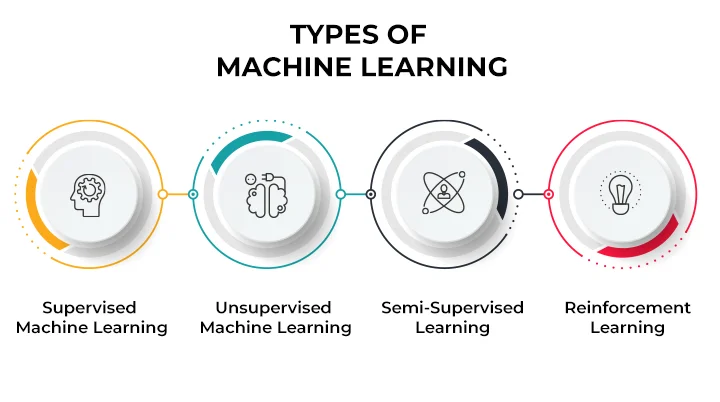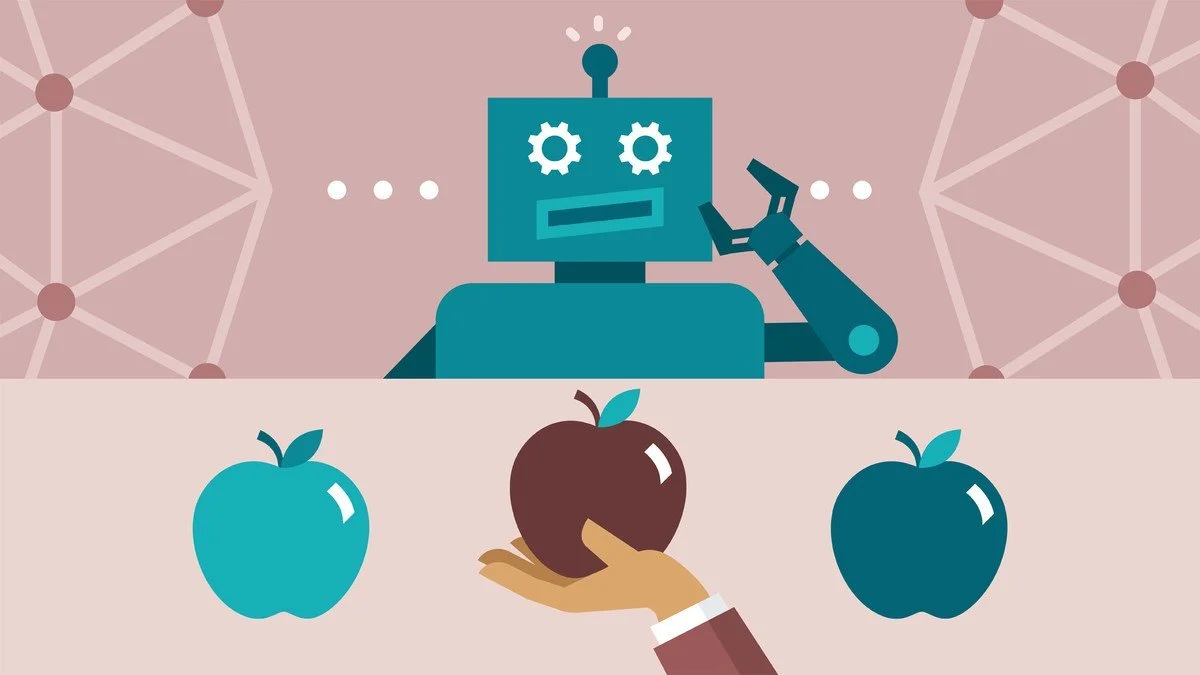Artificial Intelligence (AI) is a multidisciplinary field that combines various concepts from mathematics, computer science, data science, and domain-specific knowledge. Before diving into AI and related areas, it’s crucial to build a strong foundation in several fundamental areas. This article provides an overview of these essential concepts and why they are important for understanding AI.
Mathematics

Linear Algebra
Linear algebra forms the backbone of many AI algorithms. Key concepts include vectors, matrices, eigenvalues, and eigenvectors. Understanding operations on these entities is crucial for working with data transformations, dimensionality reduction techniques like Principal Component Analysis (PCA), and neural network computations.
Calculus
Calculus, particularly differentiation and integration, is vital for understanding the optimization algorithms used in machine learning. Concepts such as gradients and partial derivatives are essential for algorithms like gradient descent, which is used to minimize loss functions in training models.
Probability and Statistics
Probability and statistics provide the tools to understand data and uncertainty. Key concepts include:
- Probability distributions (e.g., Gaussian, Bernoulli)
- Bayes’ theorem
- Random variables
- Hypothesis testing
- Statistical measures (mean, variance, standard deviation)
These concepts are fundamental for building probabilistic models, understanding algorithms like Naive Bayes, and evaluating model performance.
Programming

Programming Languages
Proficiency in programming languages such as Python, R, or Julia is essential. Python is highly recommended due to its rich ecosystem of libraries and frameworks for AI development, such as TensorFlow, Keras, and PyTorch.
Data Structures and Algorithms
Understanding basic data structures (arrays, linked lists, trees, graphs) and algorithms (sorting, searching, dynamic programming) is crucial for implementing efficient AI solutions. These concepts help in optimizing code and managing large datasets effectively.
Computer Science Fundamentals
Data Handling
Knowledge of databases (SQL, NoSQL), data preprocessing, and manipulation using tools like Pandas in Python is essential. This involves cleaning data, handling missing values, and transforming data into formats suitable for analysis.
Computer Architecture
A basic understanding of computer architecture, including memory management and processing, helps in optimizing the performance of AI algorithms and models.
Machine Learning Basics
Types of Learning

- Supervised Learning: Learning from labeled data (e.g., classification, regression)
- Unsupervised Learning: Learning from unlabeled data (e.g., clustering, association)
- Semi-supervised Learning: Combines labeled and unlabeled data
- Reinforcement Learning: Learning through interaction with an environment to maximize rewards
Algorithms
Familiarity with key machine learning algorithms is essential:
- Linear Regression
- Logistic Regression
- Decision Trees
- K-Nearest Neighbors (KNN)
- K-Means Clustering
- Neural Networks
Model Evaluation
Techniques for evaluating model performance include:
- Accuracy
- Precision
- Recall
- F1 Score
- ROC Curves
These metrics help in assessing how well a model performs and in making improvements.
Data Science Principles
Data Collection and Cleaning
Techniques for gathering and cleaning data ensure that it is suitable for analysis. This involves removing duplicates, handling missing values, and correcting inconsistencies.
Exploratory Data Analysis (EDA)
Using visualization and statistical techniques to understand the data and uncover patterns is a crucial step before applying machine learning algorithms.
Feature Engineering
Creating meaningful features from raw data can significantly improve model performance. This involves selecting, transforming, and creating new features to better represent the underlying patterns in the data.
Deep Learning Foundations
Neural Networks
Understanding the architecture and functioning of neural networks is fundamental. Key concepts include:
- Perceptrons
- Activation Functions
- Backpropagation
- Gradient Descent
Frameworks
Familiarity with deep learning frameworks such as TensorFlow, PyTorch, or Keras is essential for building and training neural networks.
Natural Language Processing (NLP) Basics
Text Preprocessing
Techniques such as tokenization, stemming, lemmatization, and stopword removal are used to prepare text data for analysis.
Techniques and Models
Understanding basic NLP techniques and models, such as Bag of Words, TF-IDF, Word Embeddings, and language models, is crucial for working with textual data.
Ethics and Bias in AI
Ethical Considerations
Understanding the ethical implications of AI, including privacy, fairness, and accountability, is vital. Ethical AI ensures that the technology benefits society without causing harm.
Bias and Fairness
Awareness of bias in data and algorithms, and techniques to mitigate these biases, are essential for developing fair and unbiased AI systems.
Domain Knowledge
Application-Specific Knowledge
Depending on the field of application, domain-specific knowledge can be crucial. For example, AI applications in finance, healthcare, or robotics each have unique requirements and challenges.
Learning Resources
Books
- “Deep Learning” by Ian Goodfellow, Yoshua Bengio, and Aaron Courville
- “Pattern Recognition and Machine Learning” by Christopher Bishop
- “Hands-On Machine Learning with Scikit-Learn, Keras, and TensorFlow” by Aurélien Géron
Online Courses
Platforms like Coursera, edX, and Udacity offer excellent courses in AI and machine learning. Examples include Andrew Ng’s Machine Learning course on Coursera and the Deep Learning Specialization.
Practice
Engage in practical projects and challenges on platforms like Kaggle to apply theoretical knowledge and gain hands-on experience.
By mastering these fundamental areas, you’ll be well-equipped to understand and work with AI and related technologies. Building a strong foundation is the first step toward becoming proficient in AI, and it will enable you to tackle more advanced topics and projects with confidence.




